In this interview, we sit down with Nan Zhou, co-founder of No Code Map App, to discuss how she and her team transformed a trip-planning mapinterfac ...
Revolutionizing Affiliate Analytics with StatsDrone Co-Founder John Wright
Written by: Esther Strauss
Esther is a business strategist with over 20 years of experience as an entrepreneur, executive, educator, and management advisor.
Published on December 22, 2023
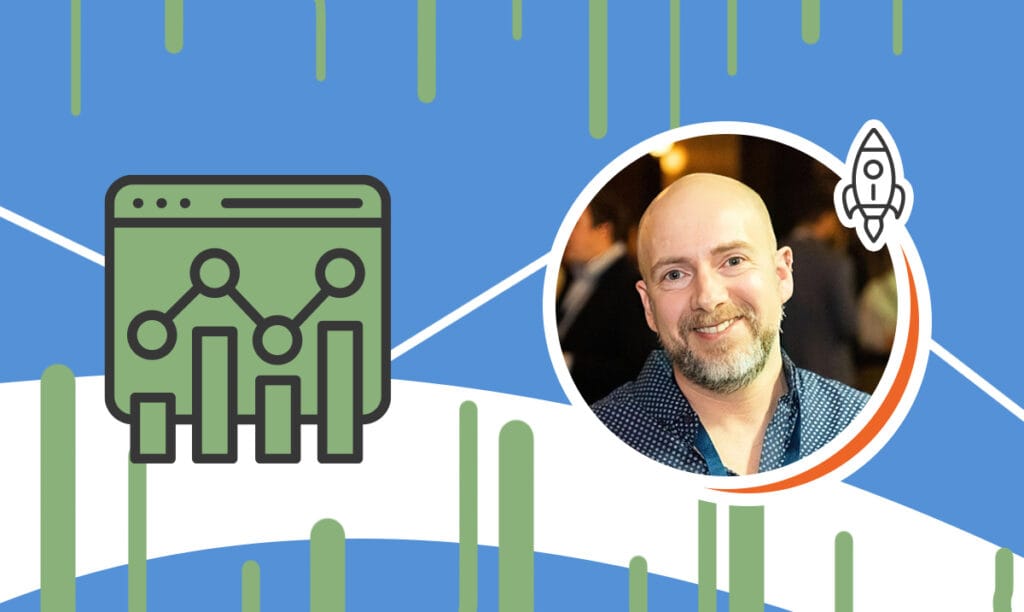
In an insightful conversation with John Wright, co-founder of StatsDrone, we explore the innovative journey of this affiliate program stats tracker. StatsDrone, designed to centralize and simplify the monitoring of affiliate program statistics, addresses the need for efficient data management in digital marketing. This platform offers 24/7 cloud-based access, ensuring users can manage their statistics anytime, anywhere, across various devices. With a commitment to continuous improvement, StatsDrone regularly introduces new features, including instant email alerts and fast program synchronization. Additionally, the platform emphasizes data security, with well-protected cloud storage and secure servers, ensuring the safety of user data. This interview delves into the challenges, user feedback, technology, and future plans that shape StatsDrone’s role in transforming affiliate marketing analytics.
The Genesis of an Affiliate Tracking Solution
SBS – What was the main idea behind the StatsDrone?
John – I’ve been in affiliate marketing for over 20 years. I’ve built websites, then became an affiliate manager, and then I became an affiliate again. The whole idea came to me because I was using one app and felt a problem was not being solved in the market (so we ended up building our app). I wanted to compete against this app I was using at the time because I felt there was some missing stuff. It was something we call a revenue leak. So, for example, the app will get all of your data from all affiliate programs into a central place and standardize it, which is useful. But imagine you worked with 50 affiliate programs, and I asked you, “How much money did you make this month?” You would have to either use one of the apps or, if you did this manually, you’d have to log into every 50 programs and put all the data into Excel. No one likes doing it.
Here was the idea. There would always be programs that would go out of business, or they would change their tracking link system, so your old links would be invalid. Now, this app I was using at that time (which would have been a competitor, but they went out of business) I felt it was the perfect place to have a feedback loop to say, “This program that you’re connected with, by the way, it’s now out of business. You should know this because if you don’t update your tracking links, you’re now sending traffic to a brand that’s offline.”
Simply put, I believed it was a big pain point. The more research I did, the more I realized it was bigger than that. So, for example, do you know about FTX, the big cryptocurrency exchange that went out of business spectacularly over a year ago? I use SEO tools, and I can find around a thousand websites linking to FTX today with the tracking link. So, they’re sending traffic to FTX, which is offline. If you get on some Department of Justice web page, you might know that it’s offline, but if you’re looking through a review and they think it’s interesting and click on the FTX link, you wasted traffic. So you, as the affiliate, have lost money that could have gone to someone else where they might convert. This is a major pain point, and we’re looking to solve it.
Overcoming Early Hurdles
SBS – What major challenges did you face in those first stages?
John – Building a project we’ve decided to build was way more complicated than I thought. There are so many tech stacks that any of us can use, and I believe we made many mistakes without even realizing it. One thing I do know to be true is that we don’t have a lot of competitors doing what we do, which is good for me, but it’s a reflection that what we decided to do was actually way more challenging than what we envisioned. So, if I had to do this all over again, I probably would have made the same mistakes.
The biggest takeaway, which is one of these happy, inspirational things, was having an opportunity to give up after spending like $250,000 in software development to build this actual app. That app wasn’t working as expected, so I started all over. Painful! It’s a lot of money gone. Not only was it money gone, but that’s money I could have reinvested into my affiliate websites.
I used my affiliate websites that generated revenue to pay for the software. From the beginning, I could have said, “Let’s sell everything and spend the money on software.” Knowing I could have taken $250,000 over two years and put that back into affiliate sites, I’d have way more money today. At some point, I might have thought I would’ve never made those mistakes and learned the lessons. However, maybe we have a bigger opportunity now than we would have just being an affiliate — and then I probably wouldn’t have been happy not actually taking up this business challenge.
User Feedback Influence
SBS – How much has the user feedback shaped your services and the app?
John – It’s almost understated. I didn’t realize this is a thing that people who build software don’t always spend the time trying to live what the user has to experience. We’ve probably taken longer than we should have in listening to customers. But when we started listening to customers, they were just as passionate about the project as we were. We learned so much.
Today, we love talking to customers and telling them what we’re doing. We show them designs and things we’re building and get their feedback. We launch features and then ask them to tell us what they think. The more we talk, the more we realize we’re in a very good position to have users who suggest making these changes and getting excited when we do it. They start believing that, one, we’re all in on this project, two, we’re the most passionate, and three, that they’re listened to. Every customer wants to be listened to and see their ideas being absorbed and put back into the product. It might not be their project, but they’re the ones who get to use the tool day in and day out. Many users enjoy having an influence over the tool that’s meant literally for them.
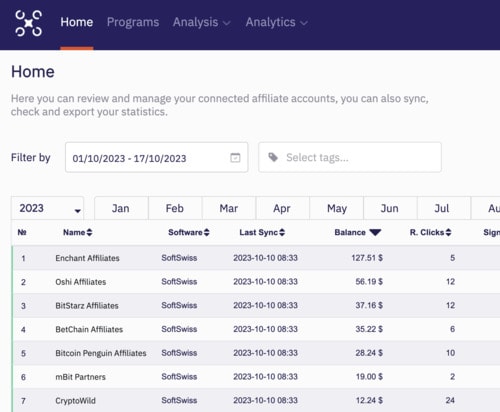
Safeguarding Data
SBS – What are some of the measures that you are taking to ensure the data privacy and security of the app?
John – We take it very seriously. Some users will never use our app because they fear we will look into their data. We’ve done a lot to try to protect the users as much as possible. We’ve built systems that stop us from looking at their data. We don’t want to look at the data. It’s not of interest.
We have built a feature that allows users to host the data on their server. And even though we have that, some users still say, “You know what, I would never trust you unless you’re a desktop app.” Now, desktop apps, to me, aren’t the most secure things either. There are still ways of doing it, but we take it very seriously, are looking at getting our code audited, and are doing our own penetration testing. We’re also looking at hiring more companies that specifically do what’s called pen testing, which is penetration testing.
Tech Foundation
SBS – What key technologies power StatsDrone, and how do you stay updated with current trends?
John – It’s a good question. I’ve got a background in programming, so I’ve done a bit of programming work. I get excited about the new technology that’s available, like the new programming languages and the new database stuff. But what’s really funny is that I’ve talked to a lot of CTOs, and we hear stories where someone’s come into a company, and they say, “We’re using old tech stack that’s like 20–30 years old. We’re going to update it,” and they update it, and end up messing everything up.
So, I’ve experimented with new programming languages and new database structures. I like them. I find them exciting. However, because they’re in a constant state of change and they’re just maybe not as tested by the entire market, I just think that they’re a bit juvenile. I’ve had the experience of testing these things out and watching it become a problem.
There are two parts to the problem. First is when things break. It’s not fun having to debug it. Second, you have fewer developers available to fix that problem. If you lose your single developer and have to replace them, and you’re using a unique tech stack that’s very limited, the number of people you can hire or replace starts to diminish. And, because we’re talking about limited tech stacks, those salaries increase. So, if you want someone who does specifically MongoDB for a database or MeteorJS, they will cost you more. If you wish to use PHP, MySQL, and all the somewhat standardized things, you will have an army of people you will always be able to find and replace.
So, I stay on top of these things. Things never stop moving, but I think there’s something in picking a stable tech stack that says, “What we have is new.” It looks like it’s using old tech, but it’s tech that’s been supported for a long time, and it has stability. When you do your research, you start finding which companies have stability, and then you start seeing those stable tech stacks behind them.
Background and Expertise
SBS – Did you have a background in the front end, in the back end, or on full stack?
John – I would say it’s a mix. I’m not saying I enjoy doing the day-to-day programming, but it’s been helpful for me to have a tech background. If I need to hire people, whether it’s CTO or more developers, we need to speak the same language. That’s a very common problem, but the most important part is just the calibrated project going.
Real Business Impact
SBS – Can you tell us some interesting stories about businesses impacted directly by the StatsDrone?
John – I’ve got a few stories. Some users who are joining the app are coming from the competition. I think we struggled to explain what we do and what we do well, but we’re starting to learn. We started realizing how we differ from our competitors who also do stats.
We pride ourselves on having rich data — the most data you can get from a back end — and being accurate. Accuracy seems to be one of the biggest problems; our stories are where we’re impressing our customers by fixing things. If they see something that’s maybe inaccurate, they don’t realize what’s behind it. Sometimes, when they ask us to work one-on-one, we’ve been told by some users that other companies couldn’t fix anything. The users also say that, in some cases, we’ve been able to fix things in five minutes, which is pretty cool. When we hear this feedback from users, we’re quite happy about it.
We’re just thinking about how to make life easier for affiliates. We’re building features on top of the data sets we’re helping them get. We’ve asked ourselves, “What are the pain points that affiliates have to live day in and day out?” we’re starting to tap into a few pain points that are not part of the stats but are correlated, like payments.
Payments are a big problem, so it’s cool just to see someone’s feedback saying something like, “You have no idea how much time our company spends on that one particular area, and this is already saving us a lot of time and making life a lot easier by tracking down payments.” When we get feedback like that, it makes us feel good that we’re making the right decisions by taking risks.
We’ve got a stance up, but are we just going to take customers’ money and enjoy the profits, or will we reinvest and build more? Well, we’re not interested in stopping. I think the day we stop and don’t build extra features is when I’m going to get bored. There’s always a bigger problem to solve. It’s cool to be able to say some features replace particular apps, so they don’t need to use five apps to do two things.
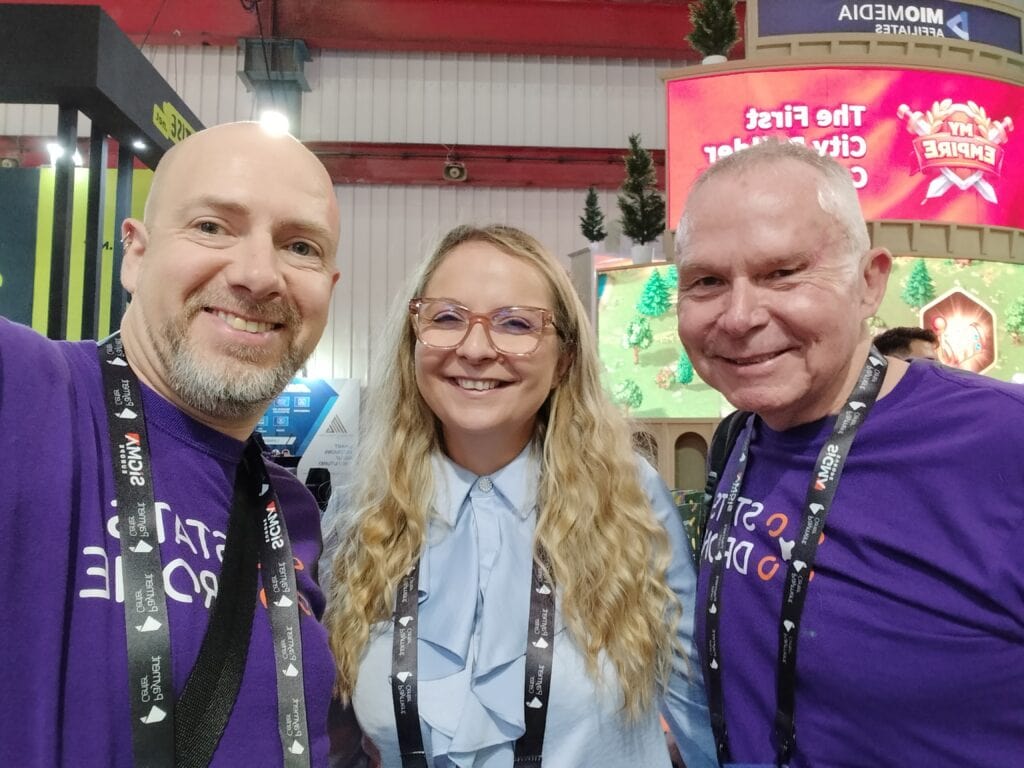
Marketing Strategies: Evolution and Current Approach
SBS – What marketing strategies are you using for StatsDrone? What were your marketing strategies in the beginning?
John – One of the first things we did, maybe about two years ago, was cold outreach. We would find affiliate sites and look for the contact info. Then, we put emails into email automation software to ask them questions about tracking their stats and commissions, for example. We got a couple of customers, but we probably discovered we had more people that were pissed off and didn’t want these automated messages at all.
I believe that email automation still works, but as of today, it’s actually become different from two years ago. Companies were making big money and making great progress with email automation. In a short period of time, email servers like Google do not want you doing this at all. As soon as they realize you’re automating anything, the likelihood of your email getting through decreases.
Once we got people’s feedback saying, “I’m tired of this. Remove me from your list,” we realized we couldn’t contact them again. So, if we don’t make the right first impression, we are burning through a list of contacts.
What we’ve done that’s been working well for us is things I didn’t realize would be as valuable. I spend a lot of time on LinkedIn, connecting with people I know who could be our customers. I don’t always message them right off the bat. I’ll connect with them, but no message. Then, they may see my content. My content talks about affiliate marketing, what I see in the industry, and sometimes, it’ll be features of our app. I get three common messages when I ask people how they hear about us. One is through a friend or someone who said something good about us. Two is the LinkedIn content we have. I’m also getting some feedback that the podcasting we do (whether it’s me being a guest on someone else’s podcast or us doing our podcasts) has opened up many doors.
I believe what’s behind all of this is that people get to see me as a person. I think people always want to buy from people. Yes, we’d love to automate everything and be corporate, faceless, and soulless, but we’re not that. So, if we’re as passionate about our software, people want to see who these passionate people are. So the more I share myself in any form, whether it’s my content or something promotional, the more it seems to work, and it’s really fun to get that kind of feedback.
These things might be very difficult to track. When someone signs up, you’re not always going to get a message saying they came in from LinkedIn because they may see you on LinkedIn, but they type in StatsDrone in Google, and Google shows up as how they arrived at our site. But once you ask them, they tell you how they heard about you.
Industry Insights: Staying Updated and Relevant
SBS – How do you stay updated with the current affiliate marketing and analytics trends? What do you think is relevant that needs to be pointed out?
John – Meeting people face-to-face at conferences is very important. This is where you get a chance to talk about what’s happening and the trends, so you start getting some of that feedback. That’s one of the first parts.
In terms of staying on top of data and web analytics, we are a data and analytics company, and it’s my job to go outside of affiliate marketing, find that stuff, and then bring that into affiliate marketing. That is one of my goals and objectives, and it’s one of the reasons why we did our podcasts. When I go to these affiliate marketing conferences, we’re having these high-level discussions, but no one’s writing this content into a document or publishing it. It’s almost never going on LinkedIn, and no one’s recording it on video.
We started doing Affiliate BI, a business intelligence and affiliate marketing podcast. That is also how I stay on top of everything. So, I have the luxury of doing one-on-one interviews with people who know something about any aspect of affiliate marketing that I don’t know. I get to interview people in data science, data analytics, AI, SEO, conversion rate optimization, product design, content marketing, you name it. I get all of that and feel very fortunate to get this opportunity. So, by having these weekly podcasts, my skill level in knowledge of what’s out there and what I need to focus on has increased exponentially. Imagine talking with a coach where you should be paying them money to tell you what you need to know about SEO, for example. When you do these interviews, you get amazing answers. The more you talk to them, the more you start taking notes and getting ideas. You know that if and when you want to put this to the market, this is the best experience you can get for making a plan.
Uniqueness Among Tracking Tools
SBS – Can you tell me what differentiates your app from other affiliate tracking tools?
John – I think having a point of view and explaining to affiliates how you are different is important. We’re not shy about doing that as well. Right now, we target the gambling affiliate market, and then we’re going to go to the rest of the affiliate marketing industry. So, for the one particular niche, we got the most coverage. Our app supports 1,200 gambling affiliate programs, almost double our nearest competitor.
We also have a reputation for accuracy. We’ve always cared about accuracy, and you don’t know what inaccurate data looks like until you use other apps on the market. It’s the most common complaint because you have to imagine that when you’re trying to make an app that will get the data from programs, sometimes your account might have something different that we’ve never seen before. That may be an exception. Well, that exception requires updating a library. We will go through that work because this is very important. So we do the extra work. When they see we can do this, users are pleasantly surprised.
I tell them we have competition, and I believe we all do something different. So, if you want a specific feature as more important, I don’t mind saying this competitor over here is better. One of our biggest competitors is called Nifty Stats, and they cover 10,000 affiliate programs that exist in the world. We don’t cover as many programs as they do, so that’s their unique advantage. We will cover more industries in time but always be different. They’re a desktop app, we’re a cloud app, and they do very quick low-level data, and we do high-level data. So it depends on what you need. We will cost more than them, but it makes sense to use us only if you need high-level data.
Future Development: Planned Features and Roadmap
SBS – What features do you plan on creating, and what are some other plans for the StatsDrone?
John – The one feature we’re working on that I’m very excited about is part of the pain point I mentioned at the beginning. It’s the idea that when a brand closes, and you’re linking to it, we need a smart system that will remove or send that link somewhere else. We’re now building what I call a link manager. There are a couple of other names for it; some people call it link cloaking or link redirects.
So, the idea is that you have a system for managing all your links. When you use a link manager, you can track impressions and clicks, resulting in a click-through rate. That click-through rate is a very important metric, and you want to compare that with the other data you get from your affiliate programs. This is useful information, but the most valuable part is we have an updated database whenever something closes.
We believe that affiliates want something like this, but no one’s ever built something like it and said, “Let’s maintain a database of closed links so we can know when affiliates are linking to it and have an automated or manual remove.” If you want to do it yourself, go ahead. But if you want it done automatically, we will stop you from sending traffic to offline brands, which I believe is costing the entire affiliate marketing industry a lot of money.
Entrepreneurial Advice: Insights for Digital Marketing Ventures
SBS – What advice would you give aspiring entrepreneurs who want to enter digital marketing or other industries that are somehow related to yours?
John – Good question. I remember going through a webinar with Nathan Latka. He’s got a company called Founderpath, and he shares a lot of SaaS companies. He pointed out that many SaaS companies that make a lot of money were bootstrapped by being consultants first. So if you want to do a project or service, the advantage of being a consultant is that it forces you to solve someone else’s problem, which you do for money, of course, but it also allows you to see things that you wouldn’t get the experience of doing. It’s almost like getting to do case studies.
Maybe this is not the best example, but imagine renovating. If you renovate your first apartment, the first one will be the worst. The second one is going to be a lot better. The fifth one is going to be good. By the 10th one, you’ll be good, and people will start recommending you. If we do this for SEO consulting, it will be the same thing. You’ll charge the least for your first one, and you might even do it for free just to get started. But by being a consultant in any form or doing some sort of auditing service, you will gain experience. You will realize that you always have a business to fall back on. That in itself is a business, so you can use it as a means of leapfrogging to get into an industry to learn about it. Your ability to get more customers increases, and you become an expert in that field by helping others.
Evolution of Business Strategy: Key Pointers for Starting Out
SBS – How much has your business strategy evolved, and what key pointers should our readers follow if they want to start something?
John – Our go-to-market strategy changes (I don’t want to say all the time, but what I believed was important six months ago is not the same as what I believe today). It’s for two things. One is because I’m testing, and the other is because I’m always studying, listening, networking, and watching what other people do.
I think the best advice to give is if you’re not testing, then you’re making the biggest mistake. It’s worse to read about podcasting than just doing a podcast. You have a million ideas of things you can do, and you have to try it. Go try SEO. Go see if you can actually do SEO. Even better, go do content marketing. Go try podcasting. Go try buying ads on LinkedIn or Google or something like that. If you don’t try these things, then you’re missing out. It goes without saying, do the things that don’t require a lot of upfront money or a commitment where you’re testing it. So, if the test doesn’t work, you have an opportunity to back out.
Comments
Leave a Reply
Subscribe to Our Newsletter
and gain insider access to cutting-edge business insights and trends.
Featured Resources
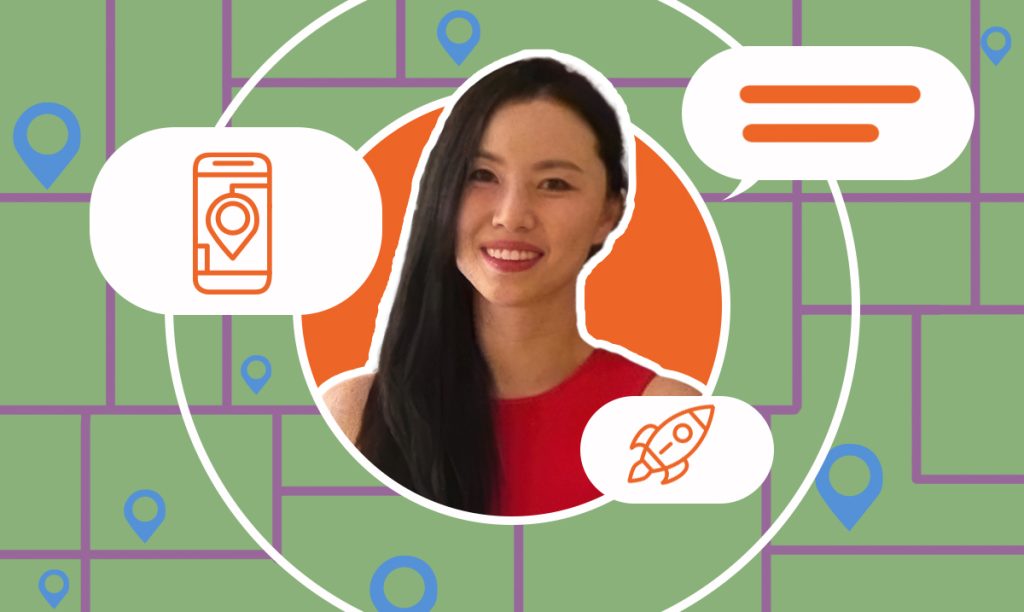
How No Code Map App Delivers Custom Maps Without Coding
Published on April 3, 2025
Read Now
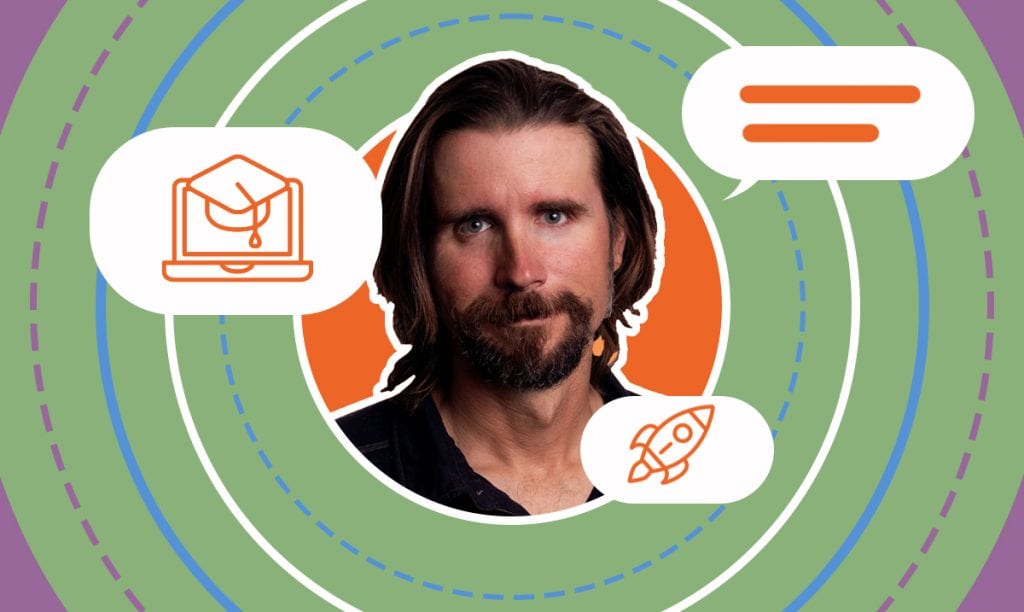
How LifterLMS Simplifies Online Course Creation for Educators
Published on February 27, 2025
Online education is booming, but creating and scaling a successful course can be challenging without the right tools. That’s where LifterLMS comes ...
Read Now
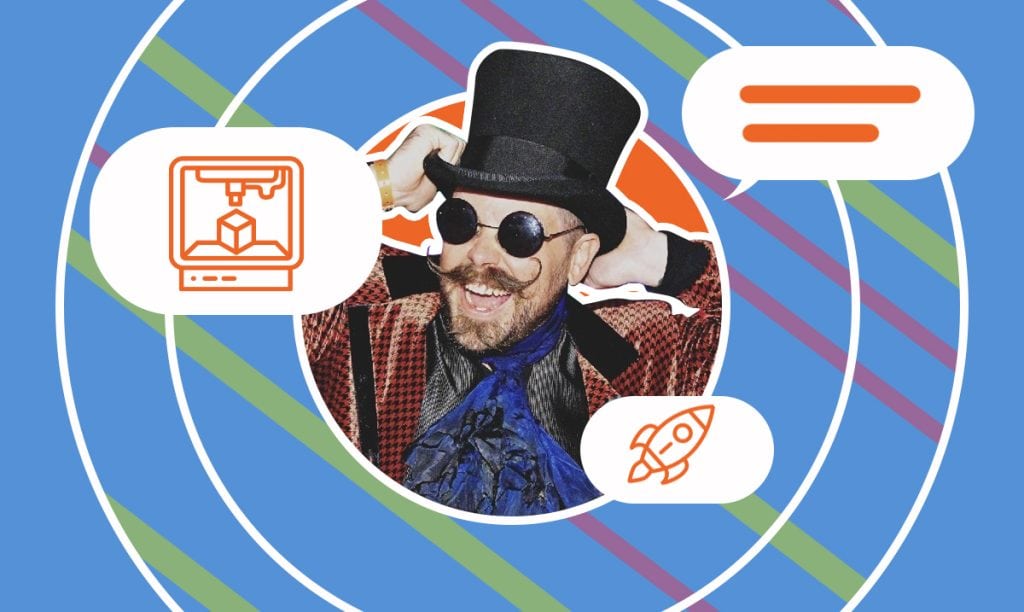
How Jinxbot Leads Zero-Waste 3D Printing
Published on January 14, 2025
Jason Reynolds, founder of Jinxbot and co-founder of the zero-waste nonprofit PrintCycle, is leading the charge. With a passion for innovation anden ...
Read Now
Thanks for having me. Anybody can listen to the Affiliate BI podcast wherever you listen to it and can also checkout our platform at statsdrone.com